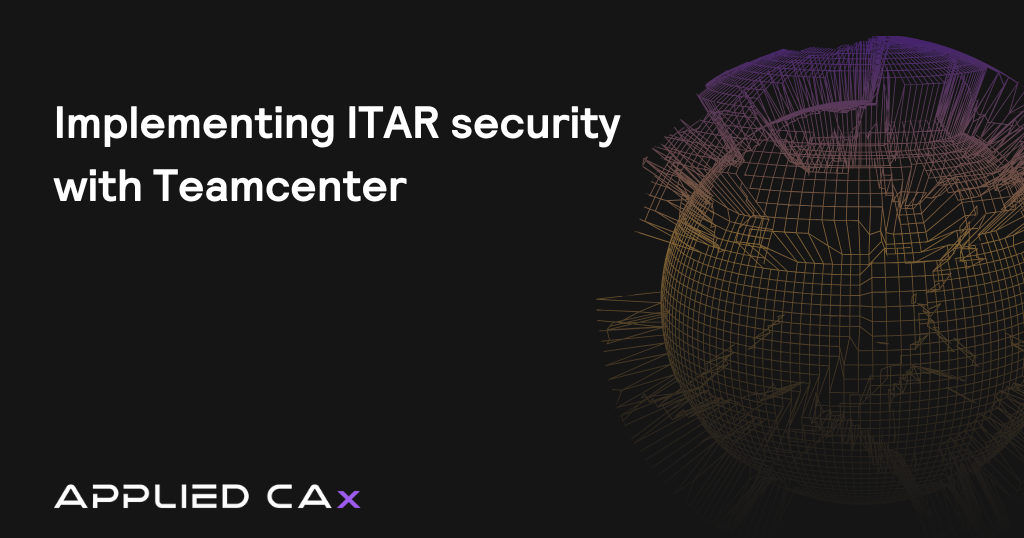Start and stay integrated with model-based systems engineering
Take our MBSE maturity assessment below to discover where you are in your MBSE journey.

What is model-based systems engineering?
Learn more about MBSE
Start or continue your MBSE journey with these resources crafted by Mark Sampson, a Systems Engineering Evangelist with over 30 years of experience implementing model-based systems engineering.
What is systems engineering?
Systems engineering is a transdisciplinary approach that integrates various domains—such as electrical, mechanical, and software systems—to manage complex systems throughout their life cycle.
Explore examples from the Japanese aerospace industry and the automotive industry to see how developing complex multi-domain products using traditional practices such as data silos can produce matching siloed products that are difficult to integrate.
Systems engineering is vital to implement during the product life cycle to avoid late-cycle integration problems and wasting resources.
What and why model-based systems engineering?
MBSE supports systems engineering by using formalized models of all kinds to design, analyze, verify, and validate the product life cycle from design through development.
Without MBSE, businesses can find themselves trapped in a cycle of recurring issues where the same problems resurface repeatedly.
MBSE models provide cues on where straight ahead is so you can achieve the shortest path from program launch to product delivery. This helps you avoid being caught in the same problem loop that siloed organizations experience.
By adopting MBSE, you shift to an “integrate-then-build” approach that connects systems engineering data with all critical business information. This alignment allows you to check your progress and adjust accordingly, which saves you time and money. It means managing more than requirements, test procedures and product data. It requires managing relationships, which Dr. Martin Eigner calls System Lifecycle Management (SysLM).
MBSE implementation: an overview
Systems engineering considers the different aspects that impact the product and adjusts those aspects to achieve a product balance. This process also applies to product development organizations.
Implementing MBSE without accounting for these different aspects can lead to unnecessary developments, such as automation, that perpetuate integration problems.
MBSE is a journey guided by a roadmap that helps you understand your current position and chart a path toward a successful strategy. By evaluating your business functions, you can determine where to start and how to maximize the value of your existing investments.
However, this transformation cannot happen overnight. It is an incremental process built on small steps that drive continuous improvement.
Justifying your MBSE journey
Integrating MBSE into your business operations helps you identify potential problems and adjust course before they arrive.
However, justifying the adoption of MBSE can be challenging. The key to building this case is knowing where you are. How many products are you producing? How many defects do you have? How many requirements are your engineers handling today?
Answering these questions is crucial in guiding your implementation process and avoiding the costly consequences of poor planning.
Address communication problems with MBSE
Reduce recurring issues and enable continuous integration with MBSE
MBSE transforms the way businesses approach systems engineering by offering a roadmap for integration, which reduces recurring issues caused by traditional practices such as data silos. Though its adoption is gradual, MBSE enables continuous improvements. This ensures a smoother path from product design through development. Applied CAx is here to help with your MBSE justifications and implementations.








